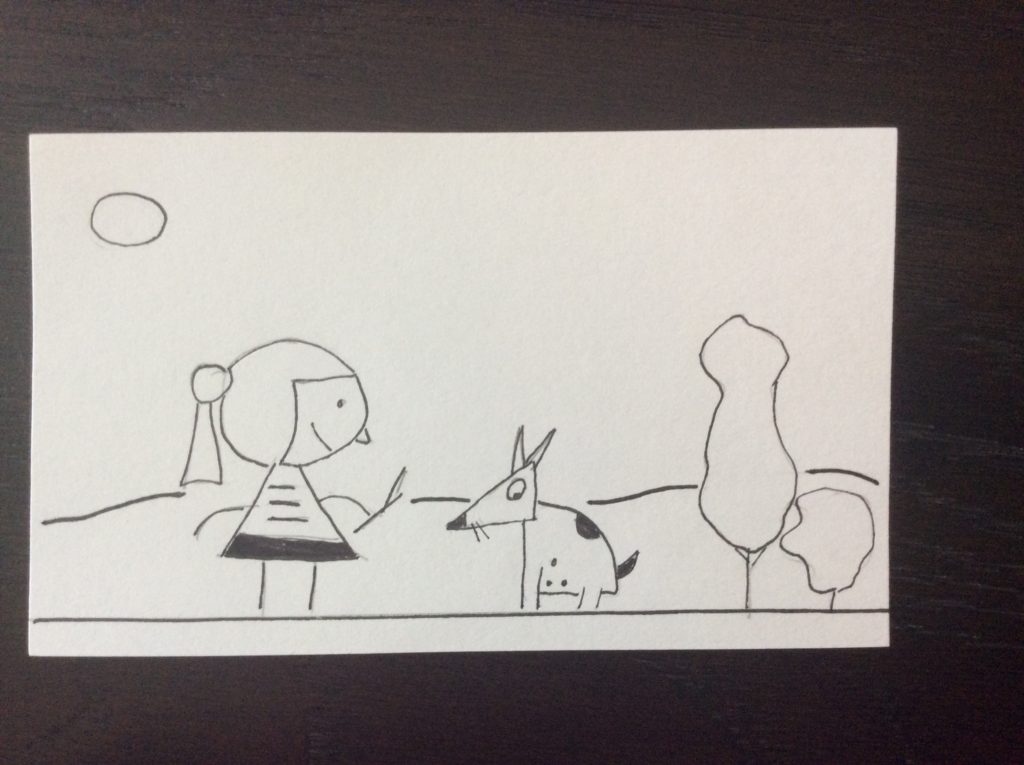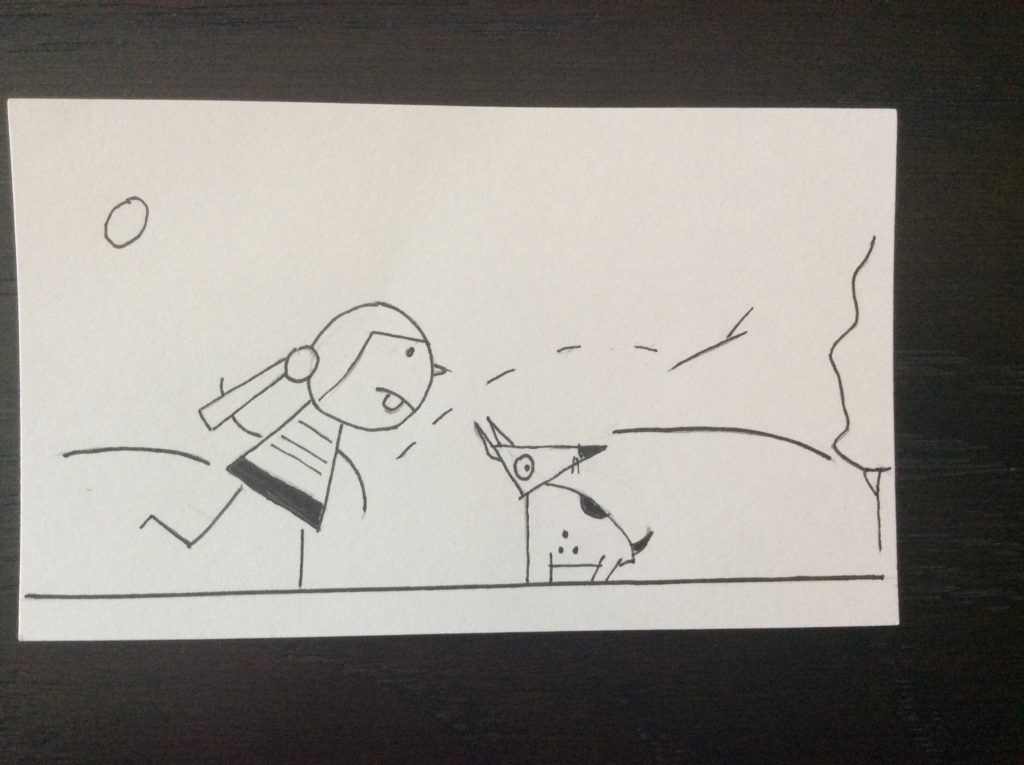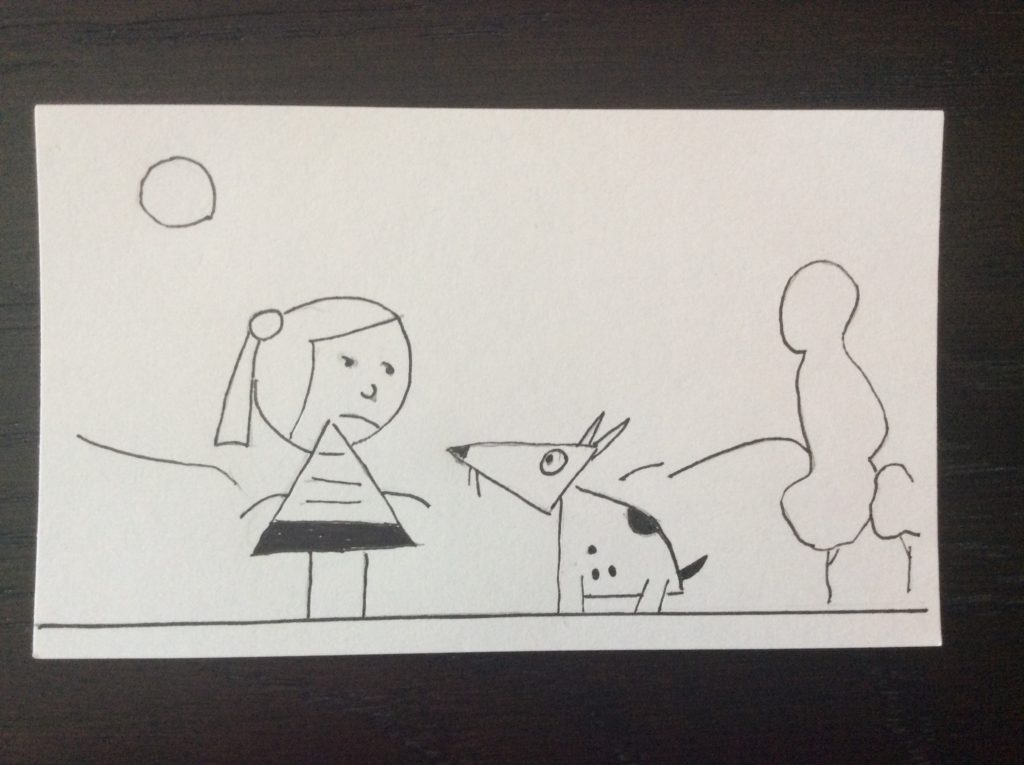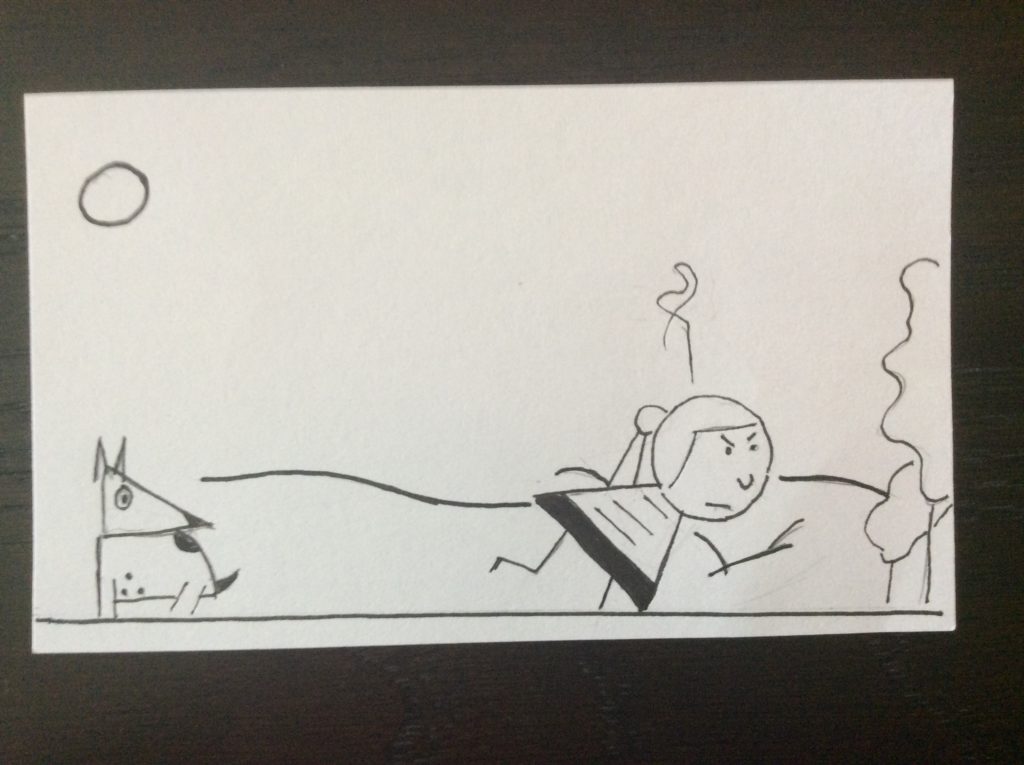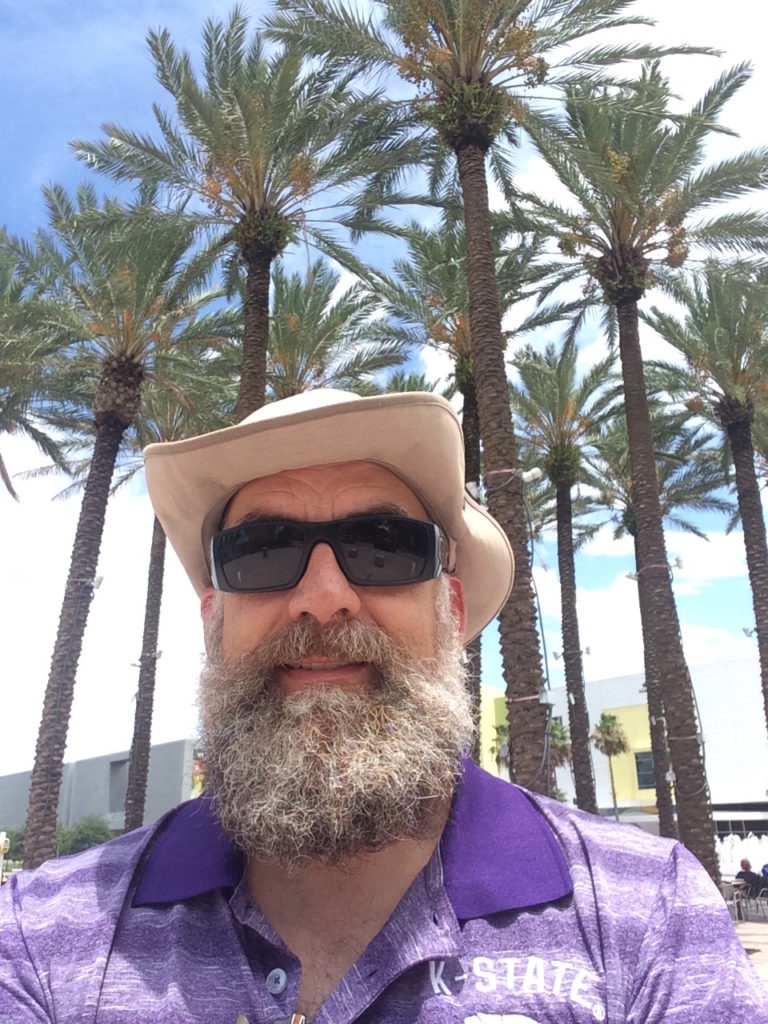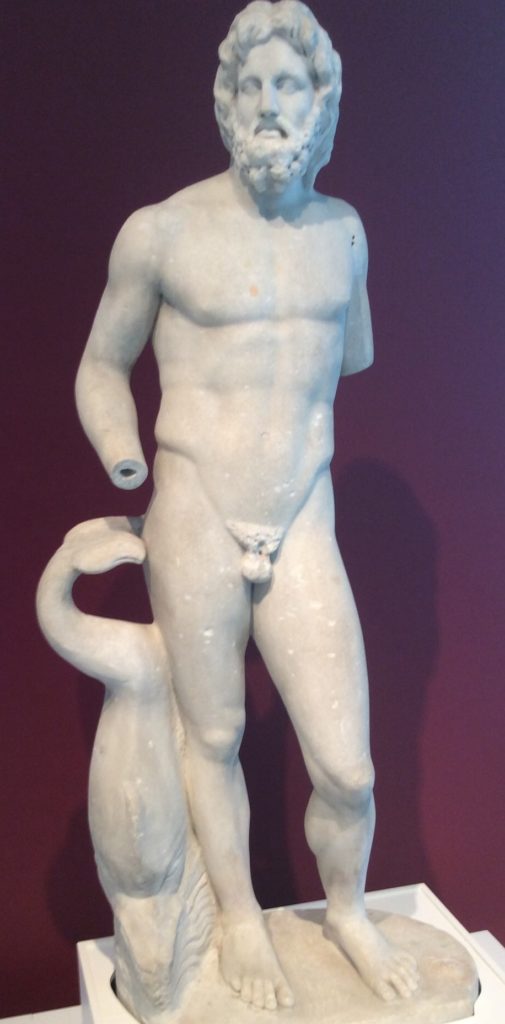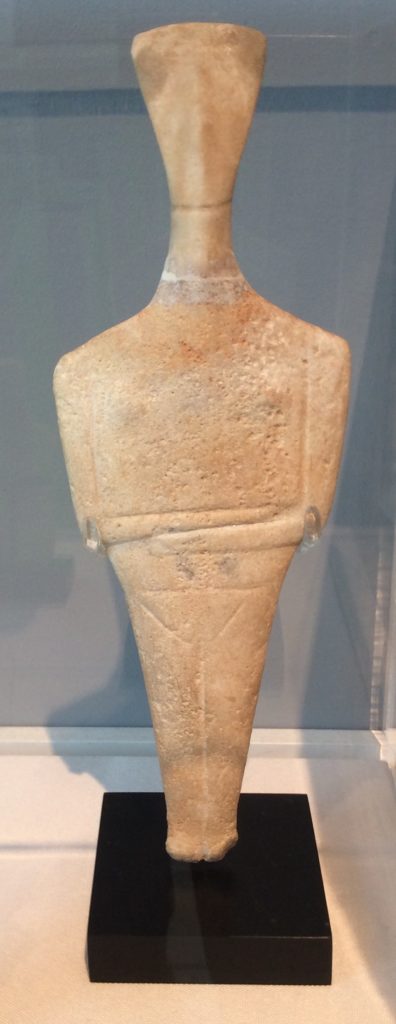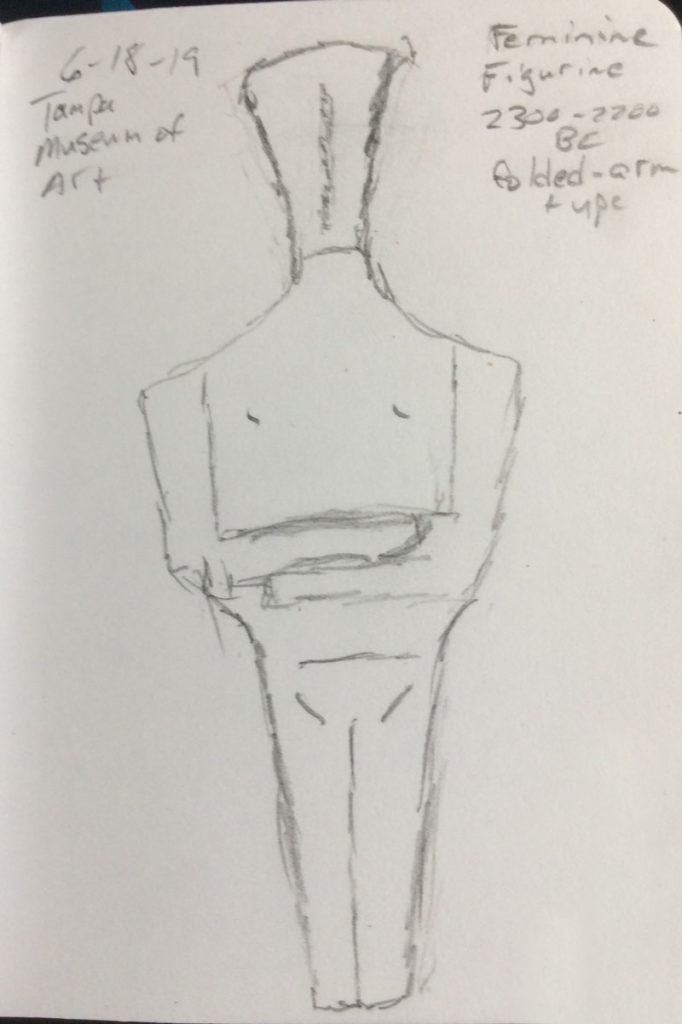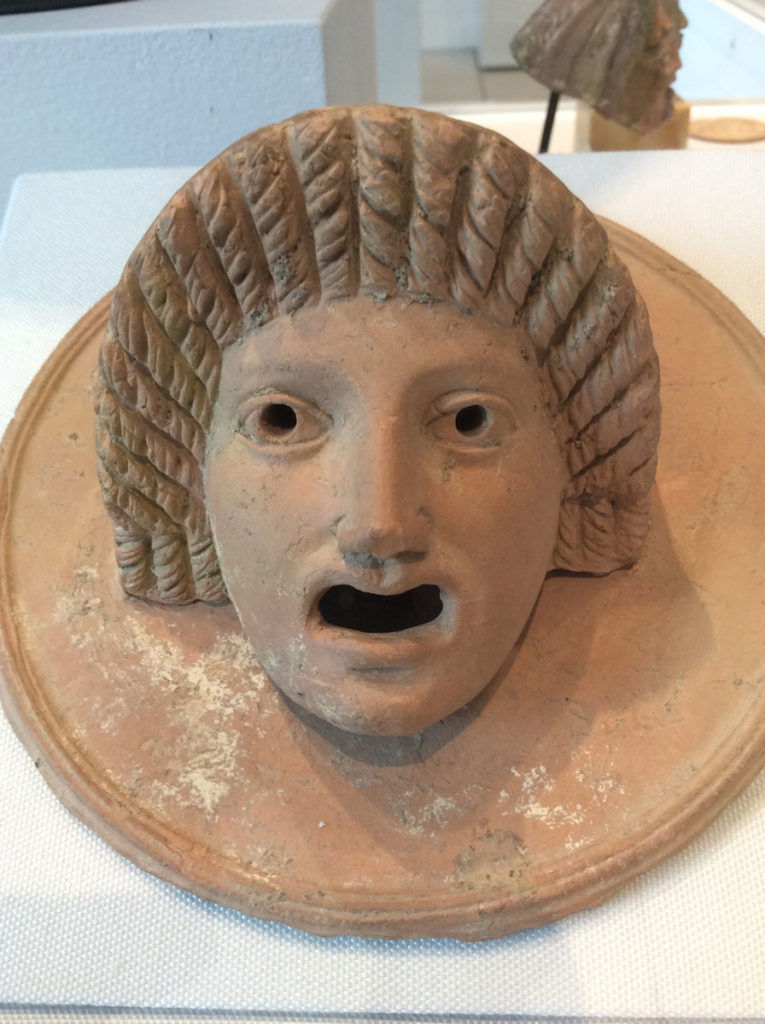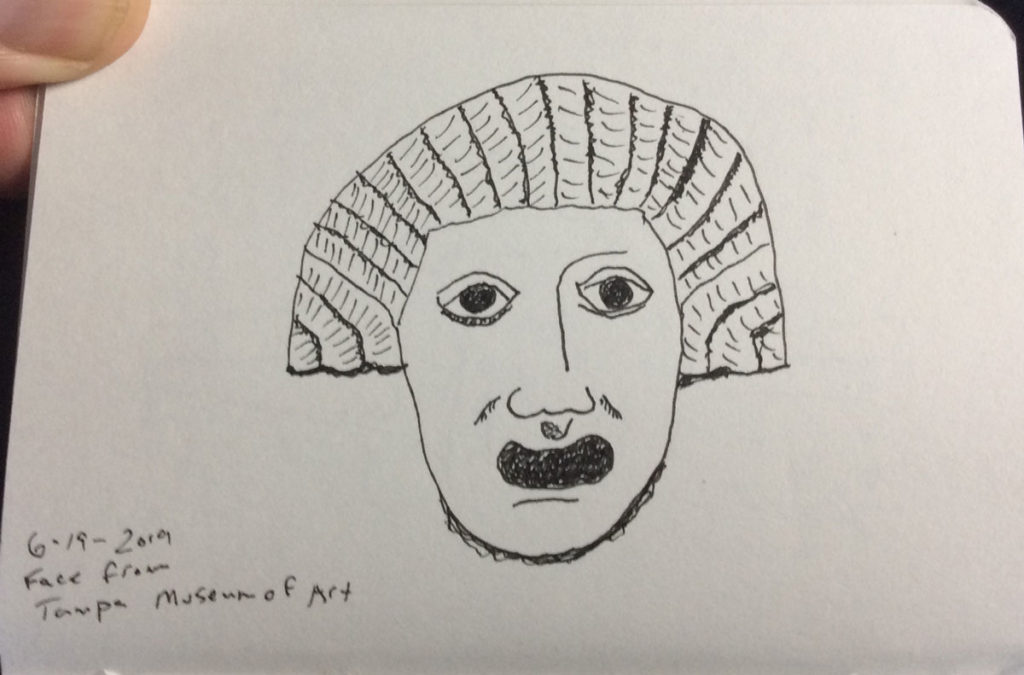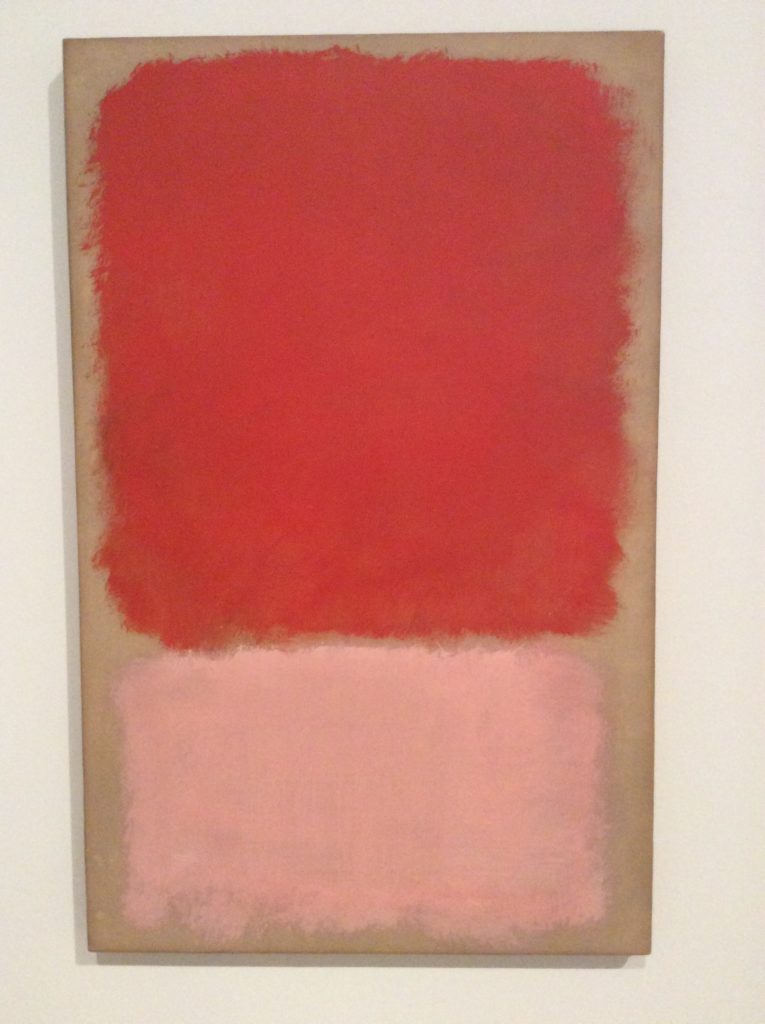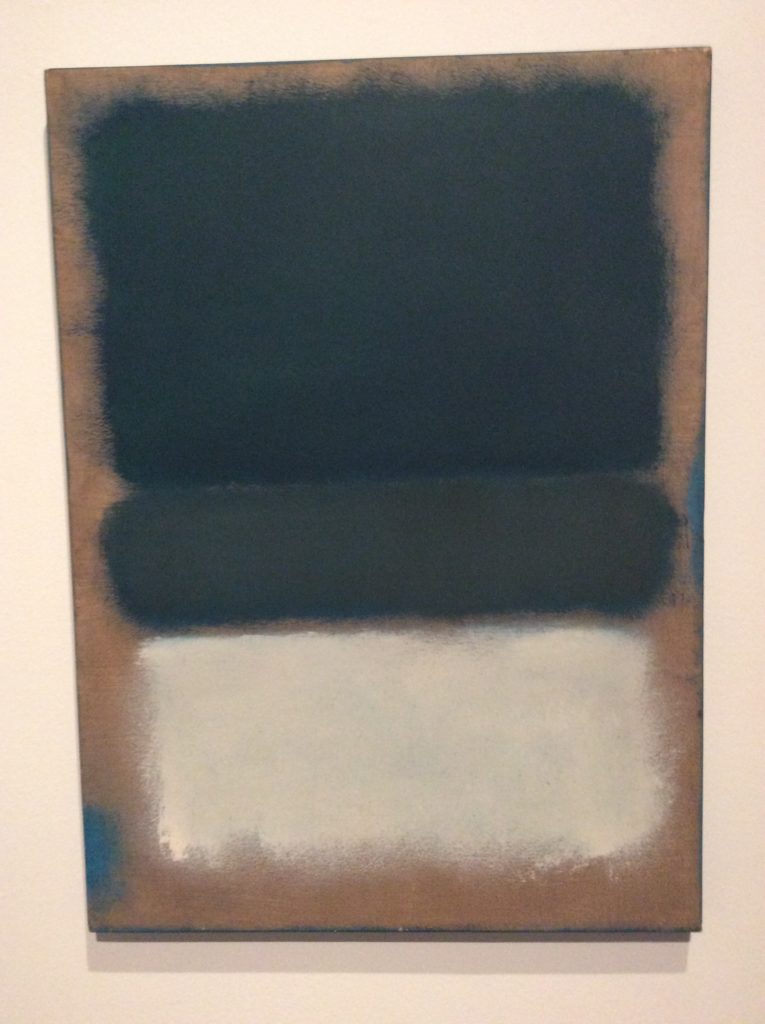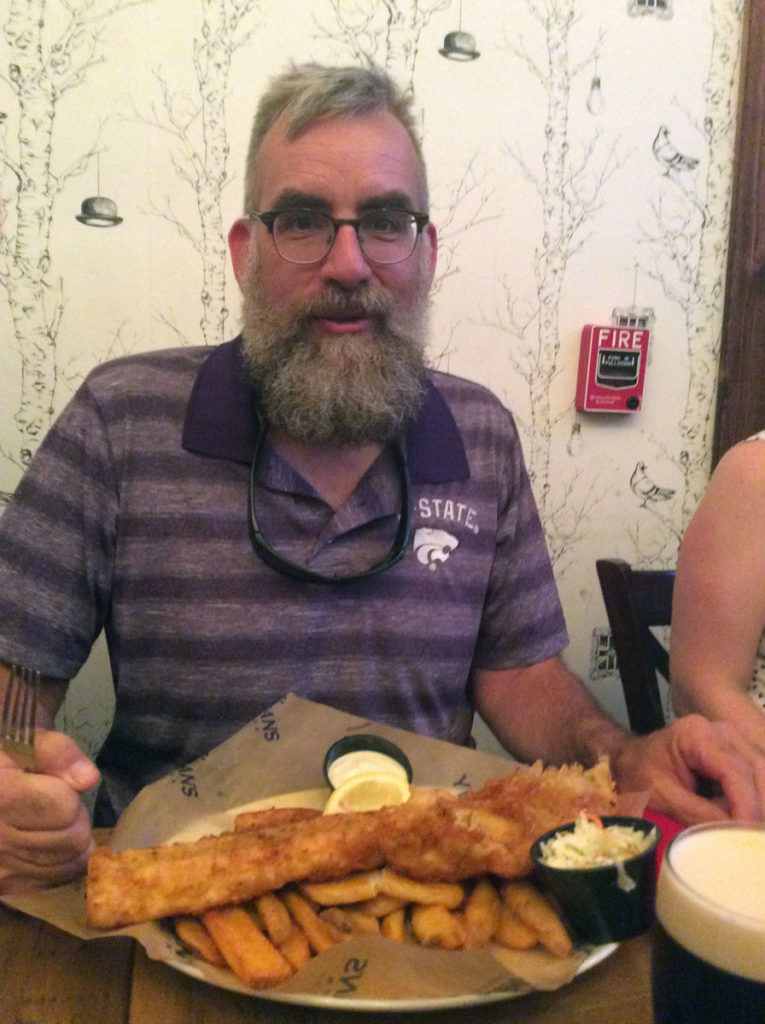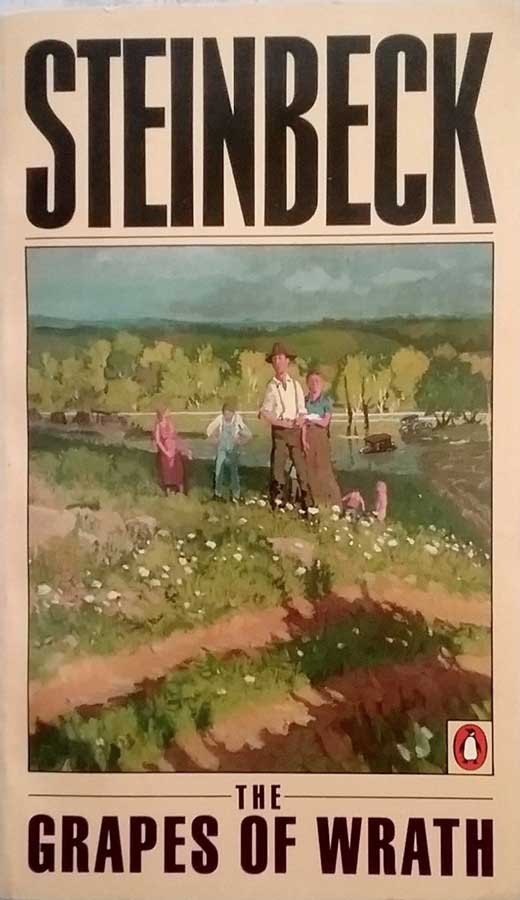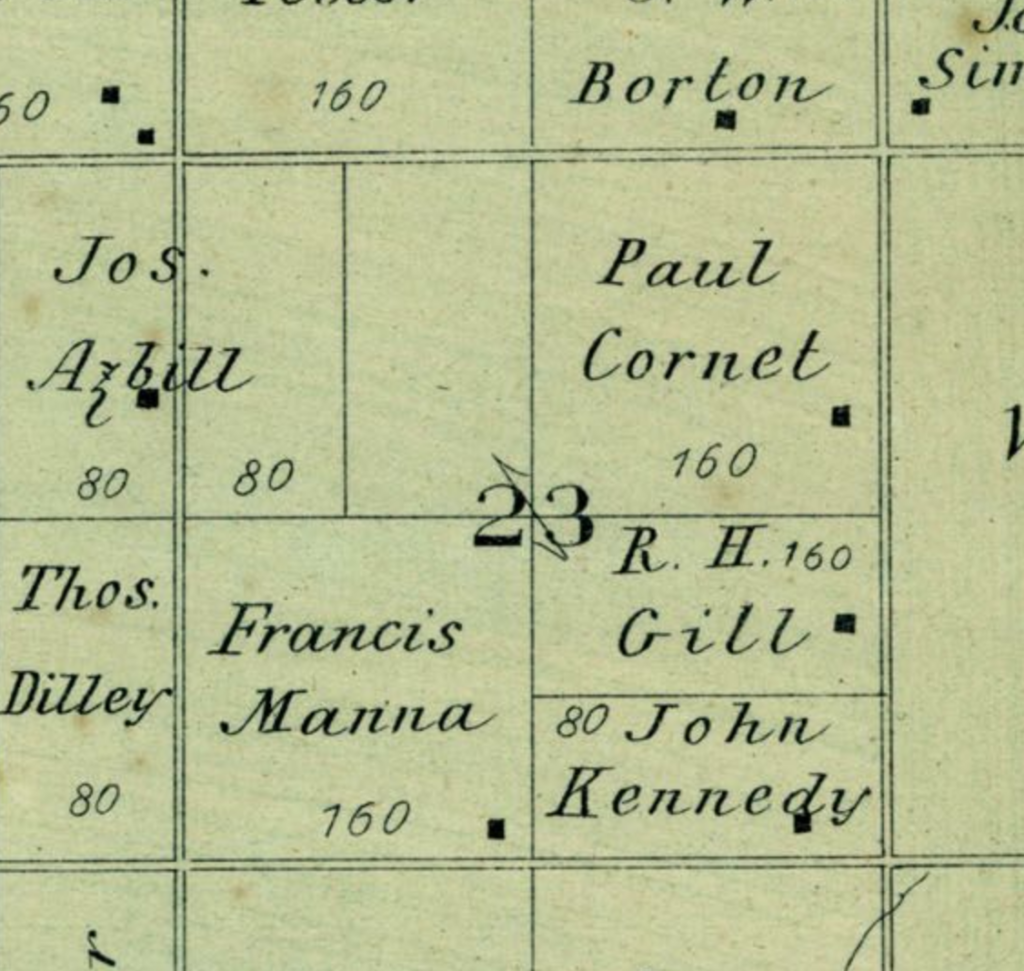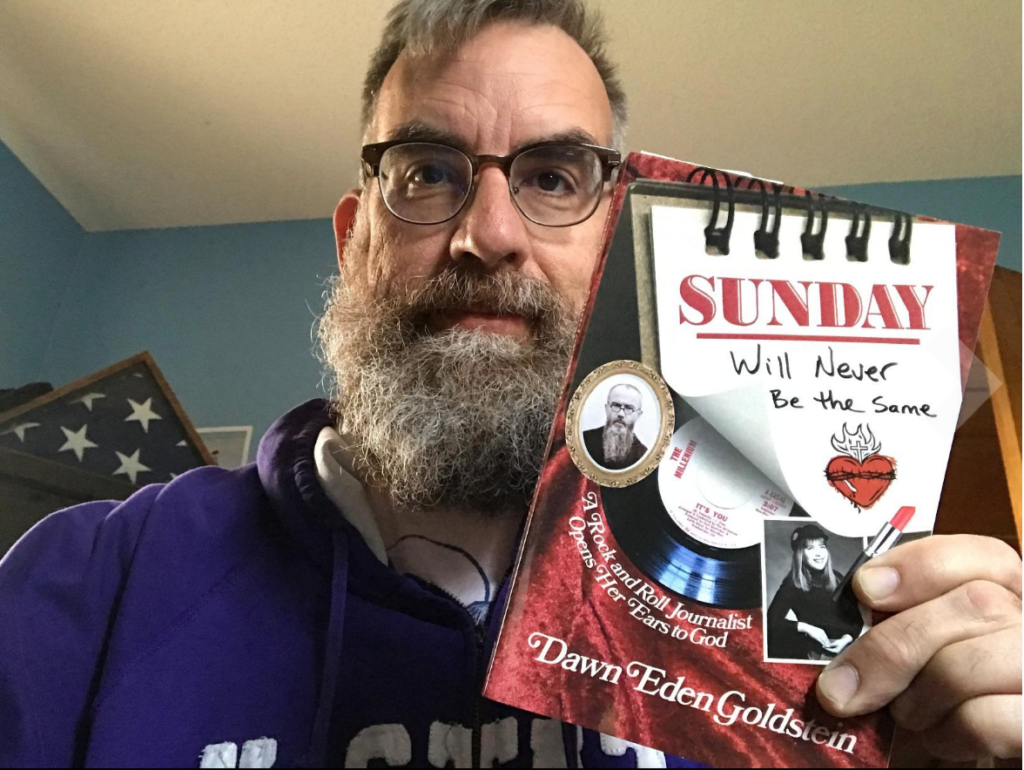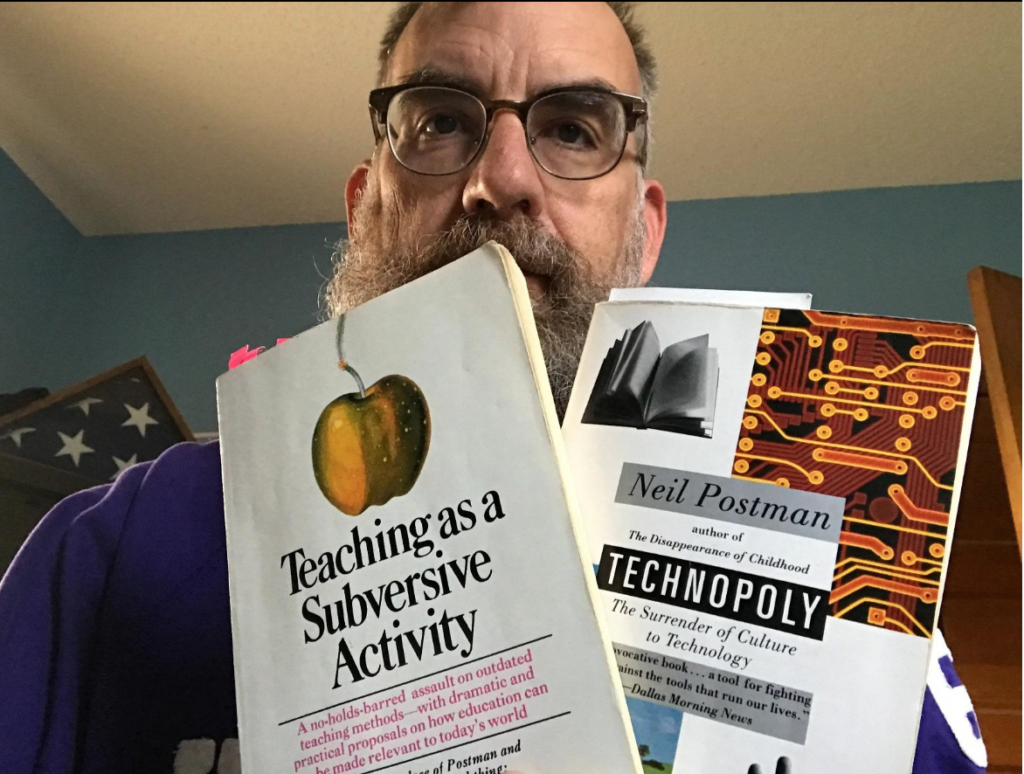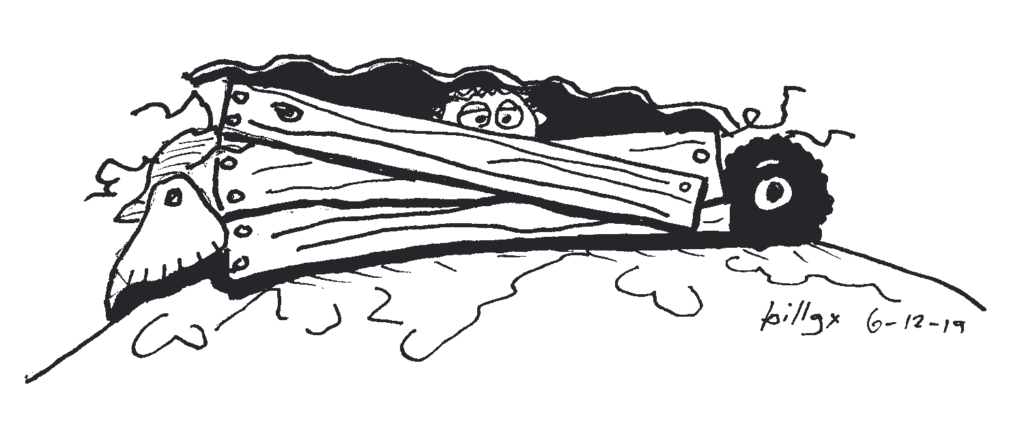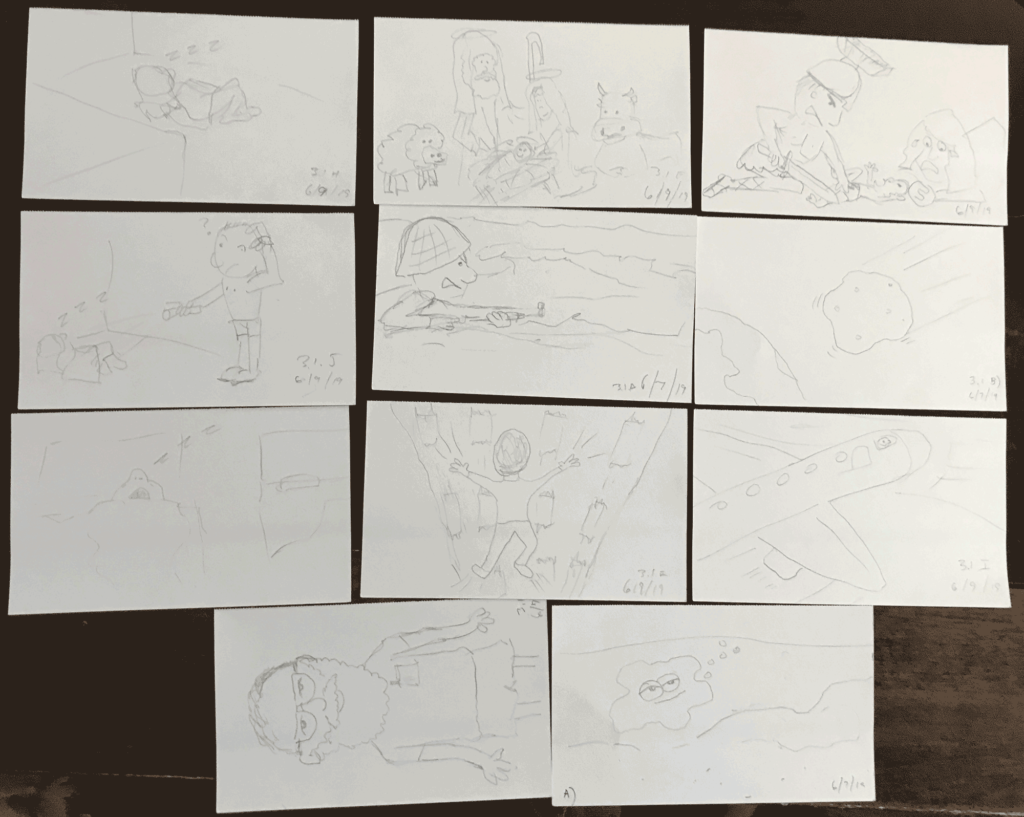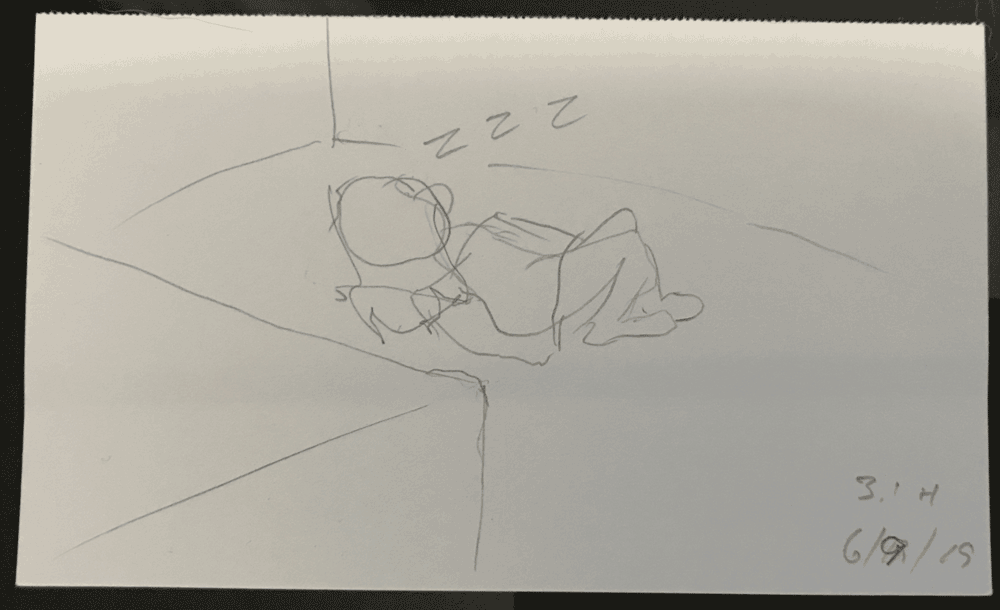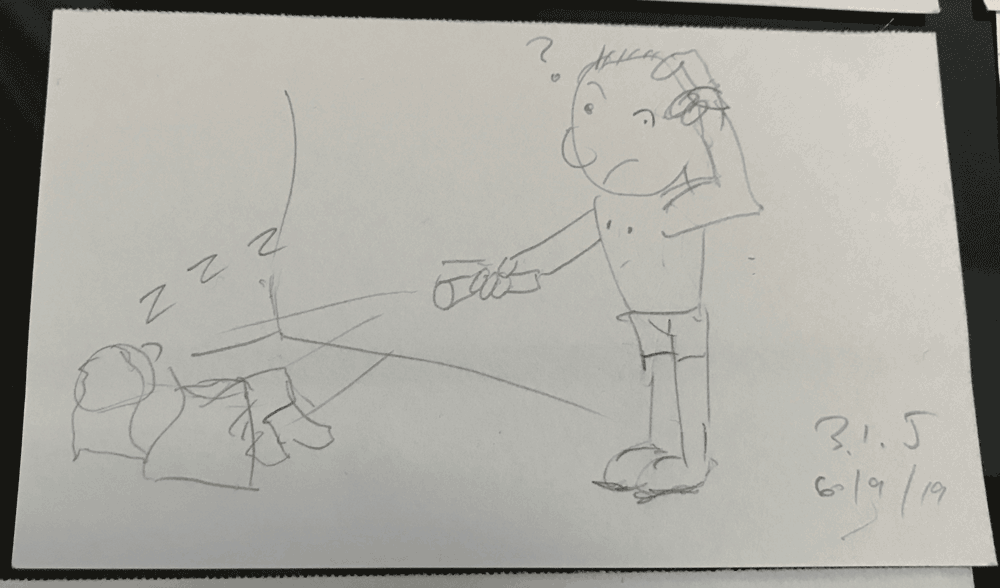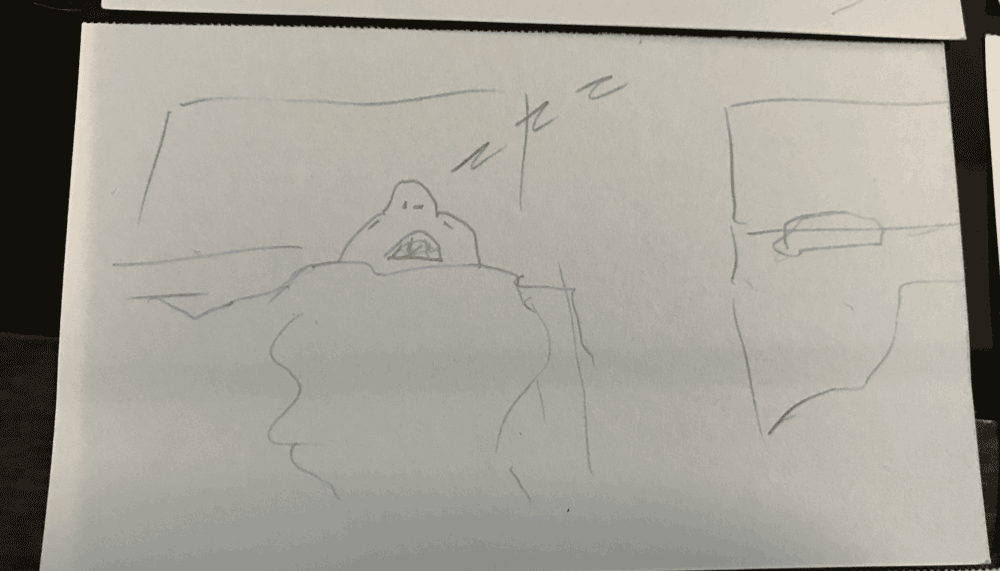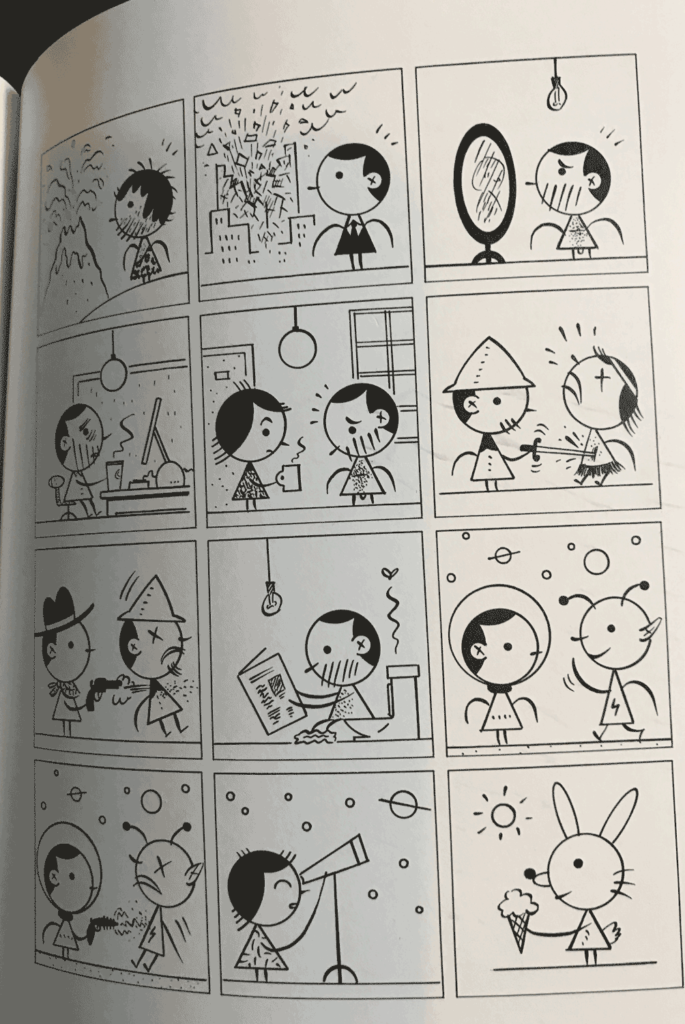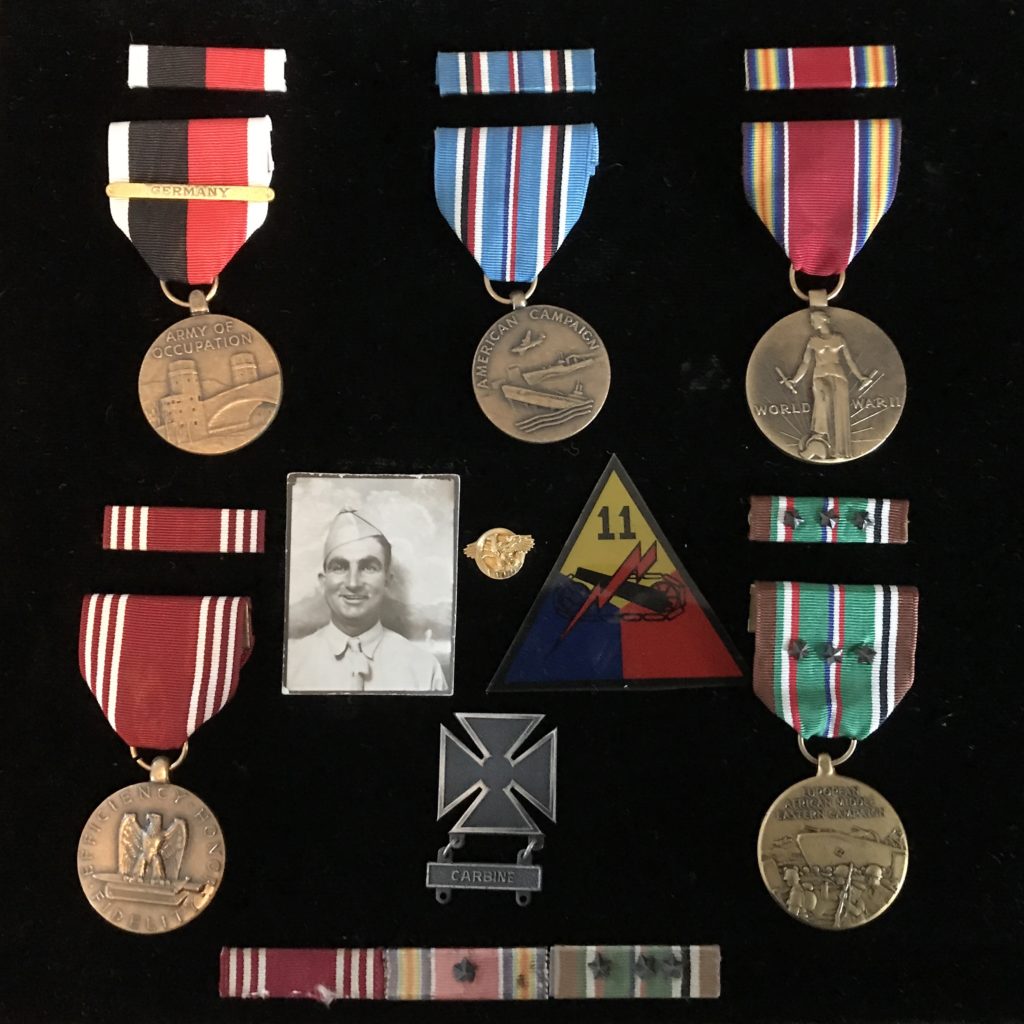All posts by Bill Genereux
Trip to Tampa – Art Museum & stuff
This week I took a trip to Tampa for the ASEE conference. It was an excellent conference this year. I will write more about the work part of this trip in a later post. Here I am just going to talk about going to a state I’ve never been to before… The state of Florida.
I’ve been to many states in the United States. About 35 or so. But Florida is one I haven’t been to before this trip. I still need to see New England, several states in the Deep South, and Alaska, and I will have visited all of them at that point.
I didn’t really see much, even in Tampa. I stayed in a hotel in the downtown area somewhat near the convention center. My first day, Monday, I flew out of KC at 5 am, so that made for a very early start. The shuttle from the KC hotel shut down between midnight and 4 am. I went to bed early but woke up around 11:30. I had woken up several times already so I decided to catch the last shuttle at midnight and just sit in the airport for a few hours for my plane. I would have continued waking up, been worried about getting there in time, so it was easier just to go to the airport and wait there.
As a result, I arrived really early in Tampa at about 8:30 am, but I was tired all day. I hit the conference center then went back to the hotel in the afternoon. I was getting hungry because there wasn’t much to eat at the conference center. It was raining outside, and I didn’t feel like going out so all I ate that evening was some sausage hors d’ourves they put out at the hotel. I was pretty hungry going to bed on Monday. (There was microwave popcorn in the room but I didn’t find that until just before checkout time – bummer!)
The next morning I ate the free breakfast at the hotel. It was good but pretty standard hotel fare, sausage and eggs. I determined to not be hungry again during my stay. After all there was a small kitchen with a fridge. So I checked out the area and found some places I wanted to explore.
I started off with a visit to the Tampa Museum of Art. They had some Greek and Roman sculptures from antiquity. I enjoyed those, even took a few photos and made a couple of sketches.
Here are some examples.
This is King Neptune. This statue was carved about 4,000 years ago. I took this photo because I met King Neptune when I crossed the Equator in 1988. Now that I’m a shellback, I’m officially a member of his royal domain.
This is a female figurine, also from antiquity. I made a sketch of this one.
Here are another ancient piece and a sketch I made:
One of the few artists I was familiar with at the Tampa Museum of Art was Mark Rothko.
I have a happy memory of Mark Rothko. I enjoy his paintings whenever I can find them because of a trip my son and I made to Houston to visit my mom while she was there for treatments.
Outside the Rothko chapel w/ mom & son. pic.twitter.com/Vltpz441av
— Bill Genereux (@billgx) February 28, 2016
Back in Houston, my family didn’t think the Rothko chapel was all that great. Inside was typically minimalist Rothko, and my family was like, “why did we have to see this again?” My son and I still laugh about it, but I’m really happy he is familiar with the artist now. I sent him pictures of the two Rothko paintings I saw in Tampa, and he knew who painted them right away! Here’s what I saw:
I don’t always see museums when I travel to new cities, but when I do see museums, they are art museums!
While in Tampa, I finally found some food that was good. I had a couple of slices of pizza at Eddie & Sam’s NY Pizza. I had the BBQ chicken, which was delicious, and the lasagne pizza, which was just ok. I would have enjoyed something else better, I think.
I also had the fish and chips at Yeoman’s Cask and Lion. It was the biggest hunk of fish I’ve ever had in one sitting. I ate every bite and it was incredibly delicious. Note the beverage in the lower left. I ordered a draught of Guinness which was also delicious.
I was only in Tampa for three days. I flew in early Monday morning and by Wednesday afternoon, I was heading for home. We had a weather delay at the airport in Tampa, but I still made it home before midnight. For a quick trip, it was still interesting and enjoyable.
Summer 2019 Book Reading Update
When school was ending, I set a goal for myself to read 40 books this summer. That is obviously a huge stretch goal. Twenty is probably a more realistic figure.
So far this summer I have read:
- Grapes of Wrath by John Steinbeck
- Sunday Will Never Be the Same: A Rock & Roll Journalist Opens Her Ears to God by Dawn Eden Goldstein
- Destroyer Skipper: A Memoir of Command at Sea by Don Sheppard
- Drawn to Teach: An Illustrated Guide to Transforming Your Teaching by Josh Stumpenhorst
- Coaching for Character: Reclaiming the Principles of Sportsmanship by Craig Clifford
- Darius The Great is Not Okay by Adib Khorram (2019-20 K-State University common read)
- Mother Teresa: A Simple Path
I am also working through Ivan Brunetti’s Cartooning: Philosophy and Practice although it has been pretty slow going. Click on my cartooning category link to see my work on this.
There might be some other books I have forgotten about already, but these are the one’s I remember reading this summer thus far.
Edit: I just finished another one this weekend. American Guerilla in the Philippines
Grapes of Wrath
Good morning class! I have some exciting news… today we are going to begin reading a great American novel, The Grapes of Wrath.
Awwwwwwe, yuck. The class groaned.
Now don’t be like that. This book is good stuff. It is about the westward migration during the Great Depression. Thousands of out-of-work farmers packed up their families and moved to California to escape the drought and seek new opportunities.
Big whoop. Thought the class. Who cares about that stuff. That was so long ago and we don’t care. What does that have to do with us?
Do we hafta? they asked.
Yes, it is a major reading assignment this term. We’re going to read it and you’ re going to like it.
I guarantee, if my tenth grade English teacher Mr. Crow had assigned the Grapes of Wrath novel as a reading assignment in his class, it would have gone unread by me and many of my classmates as did most every other reading assignment he gave us. Oh, I would have given it a cursory glance. I would have gotten enough information from it so as to not appear to have even looked at it, but I certainly wouldn’t have read it for enjoyment.
There is something about being assigned something to read that immediately takes all of the potential joy out of reading it.
But what if that assignment had gone something more like this…
Good morning class. Today we are going to begin exploring a new topic, The Great Depression.
The class groans.
Hey, this isn’t history class! one kid exclaims.
I know, I know. But this is relevant. In the Great Depression, many folks could not find work. They were stuck in a situation where there were no easy solutions.
How many of your families have farms as the main source of income? Your parents are farmers? (This is a rural Kansas high school, so its a relevant question.)
A small percentage of hands.
And how many of you come from families that used to farm, years ago? How many of your grandfathers, great-grandfathers and so forth once farmed?
Many more hands, a majority.
What happened? Why aren’t there as many farming families as there once were? Did you know, before the 1930s, nearly every square mile, every section of ground had multiple farms and families living on it? Farm neighbors were truly neighbors.
Your mission, should you choose to accept it, is to find someone who remembers the Great Depression, or to find someone who was raised by people who lived it. Find out where the family homestead/farm was. Find out about the living conditions were. When did they get electricity? Indoor plumbing? What did they do for entertainment? What technology was used on the farm? What was the relationship with the neighbors? How many neighbors were there? Who were they? How far away did they live?
Compare this to how farms are set up today. How many empty farmhouses are there? Or homesteads? Look at this plat map from the 1800s. Every box represents an improvement (building) built on the land.
Here is the one-mile section that my father grew up on. John Kennedy was the owner in 1884. Nine homesteads in just over a square mile. By the time I was born in 1967, there was only one farmhouse with a family in it on this same section of land, but there were two other abandoned farms I remember on the plots marked here as owned by Francis Manna and R.H. Gill. Nowadays, you can go for miles without finding even one farmhouse. It is a rare thing to have a neighbor within a mile of your place.
I wish that I had read this book last summer. It would have been an ideal read when my kids and I rode the Amtrak Southwest Chief train to California. They explained that part of that journey follows the famous old “Route 66” road, although I had little concept of the implications of that statement. Actually, I’m kind of embarrassed about my ignorance on the subject. I knew Route 66 as the best way to get to California. I knew there was a TV show in the 60s about it, and about getting your kicks on Route 66 as the song goes. I saw the Pixar movie “Cars” that dealt with the plight of Route 66 towns that struggled as the Interstate system bypassed them. But only after
Of course I knew about the “Dirty Thirties,” the “Dust Bowl” days and I was even familiar with the work of Dorothea Lang and her famous photographic work with migrant workers.

But I never put all of those things together in my mind until reading the Grapes of Wrath.
The “truck” in the 1960s tv show The Beverly Hillbillies is similar to the truck described in The Grapes of Wrath. It isn’t even really a truck, it is actually a car with the top cut off and a platform added on the back.
I’m sure there is a connection between the classic Grapes of Wrath novel and the television show. Even some of the themes are similar. When you watch Beverly Hillbillies there is often hidden commentary about the plight of the poor and downtrodden. It is actually quite an intelligent show if you watch carefully.

This week, I took a quick trip to Tampa, Florida for the 2019 ASEE National Conference. I was looking for something to read on the airplane so I grabbed a paperback novel I found in my home office library, The Grapes of Wrath by John Steinbeck. I don’t remember purchasing the book, although I’m notorious for picking up books at thrift stores intending to read them but leaving them to sit on the shelf, never to be looked at again. It might also be from one of the several boxfuls of books I inherited from my grandfather when he moved into assisted living. (Unfortunately, I left the book in the taxi I took to the airport in Tampa on my return trip home, and I had to buy the Kindle edition so I could finish the novel.)
As I was reading all of the trials and tribulations of the family heading west in the book, I thought about the segment of my own family on my father’s mother’s side that headed west to California in the late 30s and early 40s. First, my grandmother’s older sister went then she was soon followed by her parents and two of the younger sisters. According to the novel, anyone who moved from the midwest during that period was considered “Okies” whether they actually came from Oklahoma or not, so I guess that makes my California cousins the offspring of “Okies” too since their parents and grandparents moved there from Kansas.
I think this kind of fiction is always more enjoyable when you can find these personal connections. I wonder how many kids growing up in the midwest even read The Grapes of Wrath anymore? I wonder if they are ever invited to explore whether or not they have relatives who moved west to California during the depression?
Another book I enjoy reading because of a similar familial connection is My Antonia by Willa Cather. It is set in Red Cloud, NE, which is only a few miles from Campbell, NE where the original Genereux family (my grandpa’s grandpa) settled in this region. According to family history, they had similar experiences as described in that book, including making their first home on the homestead in an earthen dugout. Again, I wonder how many young people in this region are asked to read a book like that and dig into their family histories to see if they had a similar experience? If they did, it might make the book a lot more relevant than just simply reading a tale from the old days.
Sunday Will Never Be The Same Book Review
Transitioning to adulthood and finding one’s way has never been a simple task. For those with a creative, artistic bent it can be especially challenging. Dawn Eden Goldstein’s book Sunday Will Never Be the Same: A Rock & Roll Journalist Opens Her Ears to God tells the story of a young writer on this journey, trying to find meaning and purpose in her life. The deep despair and sadness she feels are palpable. At any moment, she could give in to the darkness and slip away forever.
One thing keeps her going—her love for rock-and-roll. Through this passion she is able to carve out a niche of expertise, fashioning herself into the world’s youngest historian of rock-and-roll. She gives herself missions, large and small, which is important for anyone dealing with depression. Just get yourself through another day.
As a reader, I regularly experienced those little “Oh, wow!” and “No way!” moments. Dawn Eden Goldstein has lived a truly fascinating life. As an educator and professor of computer/digital media, one of those moments was her mentioning of NYU professor Neil Postman and Christine Nystrom. These two were some of the original “media ecologists” exploring the impact of technology on society. Their work is still relevant; our attention spans are shorter than ever and our system of education has the exact same concerns Postman wrote about fifty years ago.
Another such moment happened well into the book when we learn of why St. Maximillian Kolbe’s picture appears on the cover. He was a martyr/priest of WWII and is known as the patron saint of journalists and rock-and-roll. Ok, maybe not rock-and-roll, but he was captured by the Nazis because of the newspaper he published. Anyhow, Dawn Eden Goldstein keeps asking God for evidence of his existence, and discovering St. Maximilian is one of the many ways her prayer was answered.
I have long been fascinated with how Judaism and Christianity intersect. It is especially interesting to me when people of Judaism accept Jesus as the Messiah. There are elements of this in the book. At one wonderfully ironic moment, a group of Catholics that Dawn was associated with prayed the Rosary, but she couldn’t bring herself to do that so she prayed the Psalms. Little did she know at the time that the Rosary prayer comes from a middle-ages abbreviation of praying the Psalms!
A reader who enjoys music and rock-and-roll will benefit, but this is not at all necessary to thoroughly enjoy this story of Dawn Eden Goldstein’s journey of faith and redemption.
Love Me – Elvis cover
Hey Jude
My daughter Emily & me singing “Hey Jude.”
Childhood Fort
When I was about eight or nine, the neighborhood kids and I built a fort made from items we found in a pile of junk not far from my house. It contained discarded construction materials like lumber and corrugated tin, some broken household appliances, tires, scrap iron, and other suitable materials that a group of boys could work with.
I was one of the younger kids involved in the project so I was elected as the one to test our fort’s strength against attack. I sat in the fort while the bigger kids hurled dirt clods at me. As it turned out, the fort was not a good defense at all against dirt clods and I caught one in the eye. I came out bawling and was certain that my eye was a useless pile of mush.
They continued improving the fort, while my mom doctored me up, and fortunately, I suffered no permanent damage. This incident would have happened a couple of years before I was diagnosed with myopia and have been a wearer of eyeglasses ever since. I’m not sure if wearing eyeglasses would have made things better or worse in the fort incident.
I don’t know who the next “guinea pig” was, but I didn’t serve as a “fort tester” going forward with our building project.
Cartooning Week 3
I’m falling behind on my cartooning efforts. I made these drawings for the first assignment in Week 3 of Brunetti’s cartooning book last weekend, but haven’t had a chance to reflect or write on them until this morning.
For Exercise 3.1 Brunetti says to draw 12 scenes on notecards with prompts he gives like “beginning of the world” “end of the world” “something that happened at lunchtime” “an image from a recent dream” “something that happened early this morning” “something happened right after that” and so on.
These are drawn on notecards in order to facilitate arranging the scenes into a four-panel sequence noting the type of narrative you prefer, what visual elements connect the scenes, breaks in the narrative, reordering the scenes and so forth. According to Brunetti, “the haiku-like rigidity of the four-panel structure allows us quite a flexible starting point.”
One of my favorite sequences was “something that happened early this morning.” We spent the night in a hotel for my daughter’s softball tournament. I woke up in a panic because she wasn’t in her bed. I found her sleeping on the floor. All the while, her mother was sound asleep, oblivious to my panic over our missing child.
I wasn’t really able to make a four-panel sequence using that, as I only drew three scenes of it. But I did rather like the nightmare sequence of the person falling, the D-Day invasion, the asteroid falling towards the earth and the person in bed sleeping. I think that one worked with the sleeping person either at the end or the beginning of the sequence.
I think the ideas are connected by being nightmarish scenes, then the relief that they are only dreams. When I compared my 11 cards (I didn’t get the 12th one made) with Brunetti’s example in the book, I noticed that each of his panels (except one with an animal character) featured a person in it, whereas mine did not always prominently feature a character.
The other thing I noticed is his style of drawing characters with simple geometric shapes and background elements gives a consistency of visual elements in every panel. I don’t really have anything like that. He draws a line for the ground in every single scene. Many of mine have straight line elements, but some do not. He also uses a circle in the background in most of his panels, either a light fixture, the sun, or stars and planets in the futuristic scenes. This gives his work a distinctive and recognizable quality to it. He’s found his visual “voice” whereas it seems I’m still searching for mine.
Claude Rickley and WWII
My grandpa Claude Rickley was a proud soldier of WWII. He was a member of the 11th Armored Division and fought in the Battle of the Bulge. He rarely talked about his experiences in the war but I know he saw some awful things, including the victims of the Mauthhausen concentration camp.
Today marks the 75th anniversary of the invasion of Normandy, D-Day. My grandpa was already 32 years old in 1944, married with a child. If I remember correctly, his unit gave him the nickname “Pops” because of his age. He didn’t go ashore with the first wave at Normandy. The 11th Armored Division came ashore at Normandy in December of 1944. They fought in the Battle of the Bulge.
It was personally knowing people who fought in WWII that made military service a normal thing to do in my mind. I was eager to join the service as a young man and wear our country’s uniform. I was surprised to learn later on that not everyone has such warm feelings about it. One mentor I once had even advised me not to make too much of my military service if I hoped to be successful since not everyone has a positive opinion about it. That was, and frankly still is, confusing to me.
Living the life I’ve lived and knowing what I know, I think it is true that no one can fully appreciate the sacrifices that have been made by people like my Grandpa Claude. My own experience, even with the few weeks of combat I experienced in 1991, pales in comparison with those who endured combat in WWII. So if I struggle to conceive of what it was like, imagine what it must be for someone who doesn’t personally know anyone who has served.
I truly hope that we never forget where our freedom comes from and who has bought and paid for it. Today, my thoughts are with those who have served and are currently in the service of our country. I shall never forget.
